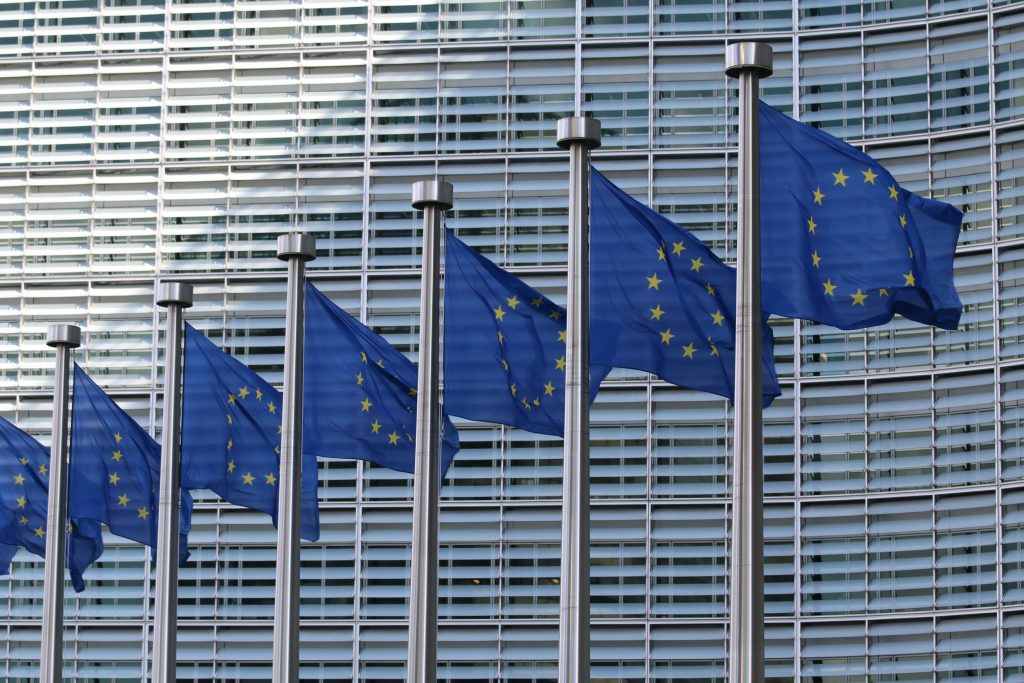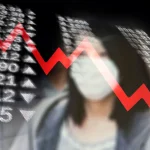November the 16th, 2023 – As far as GDP growth is concerned, the powers that be in Brussels are less optimistic than the Croatian Government.
As Jadranka Dozan/Poslovni Dnevnik writes, this week, the European Commission (EC) published its autumn economic forecasts, within which expectations were confirmed that this year and next. According to this, the Republic of Croatia will be in the group of countries with the highest GDP growth rates in the entire European Union (EU).
Compared to the spring edition of the forecast, the EC increased its expectations of Croatian GDP growth to 2.6 percent this year and 2.5 percent next year. Admittedly, this is somewhat less optimistic than what the Croatian Government predicts, as it is estimating growth to stand at 2.8 percent in 2023 and 2024 as well.
This year, the EC is predicting faster real growth only for Malta (4 percent), while next year, the economies of four more EU Member States should grow at a more rapid pace: Ireland, Poland, Romania, and Cyprus and Malta.
The Croatian inflation rate will be above average

Similar to last year’s predictions, the average inflation in Croatia will, according to the latest forecasts, be above average, both in relation to the average of the entire Eurozone as well as in relation to all 27 EU nations. The EC also expects that the internationally comparable inflation rate (HICP) in Croatia this year will stand at 8.1 percent, which is 2.5 percentage points higher than the rest of the Eurozone. The inflationary gap should finally “melt” next year.
At the level of the Eurozone, the average inflation rate is expected to slow down from 5.6 to 3.2 percent, while for Croatia, it is forecast to drop to 2.5 percent. In this sense, the EC is once again somewhat more optimistic than the Croatian Government, which based its recent budget projections on an expected inflation rate of 3.1 percent.
Observing this year’s trends in the indicators of the so-called real sector and the previous estimates of GDP, some Croatian economists have already expressed certain reservations in terms of the underestimation of official inflation and the GDP deflator, and then the possible overestimation of the real growth rate.
Economic activities for which Croatia has already had “hard” indicators and a relatively clear division of the actual level of activity and prices are mostly in decline this year. At the same time, those that are more difficult to measure are growing strongly, they explained. According to the latest estimates made by Croatian statisticians, this was most pronounced in the case of gross added value in financial activities (primarily banks whose operations were strongly influenced by the rise in interest rates).
The CBS will release its GDP estimates at the end of November
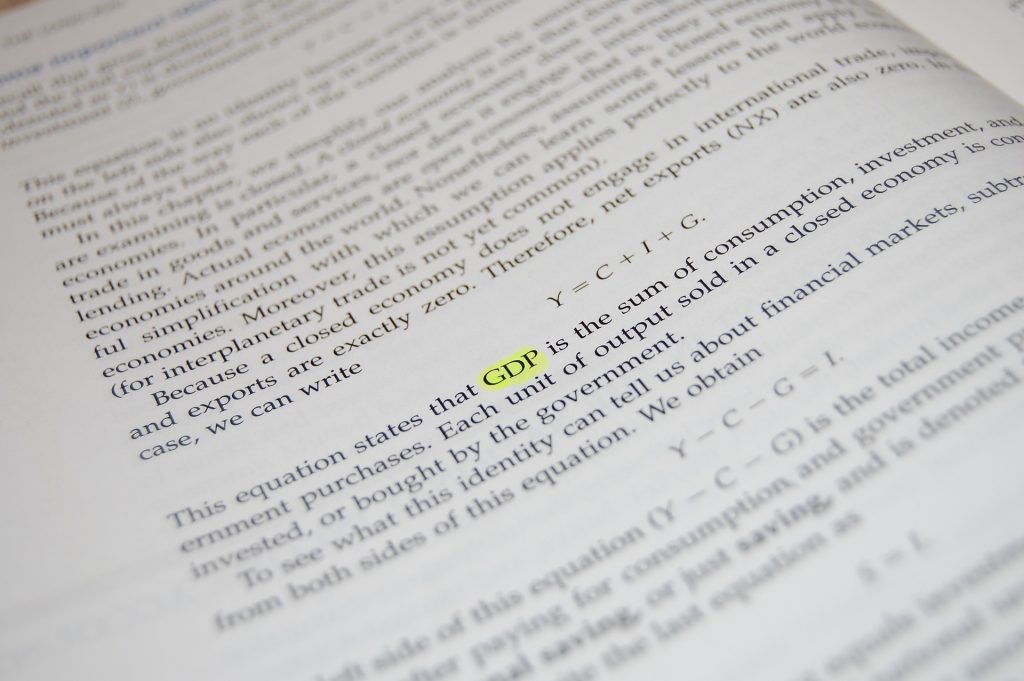
The State Bureau of Statistics (CBS) is on track to release its first GDP estimates for the third quarter at the end of this month. With the gradual completion of what are known as high-frequency indicators, the picture of the third quarter improved somewhat compared to a month or two before. Now, the Croatian National Bank (CNB) estimates that current activity could only slightly decrease compared to the second quarter, by 0.2 percent in real terms. In annual comparisons, that figure would mean growth of 2 percent.
These somewhat more favourable estimates can be easily explained by slightly better September indicators of the volume of industrial production, as well as solid turnover data from retail trade. The aforementioned sectors are certainly favoured by the acceleration of average wage growth, which has been particularly pronounced in the public sector over more recent months.
A drop in unemployment
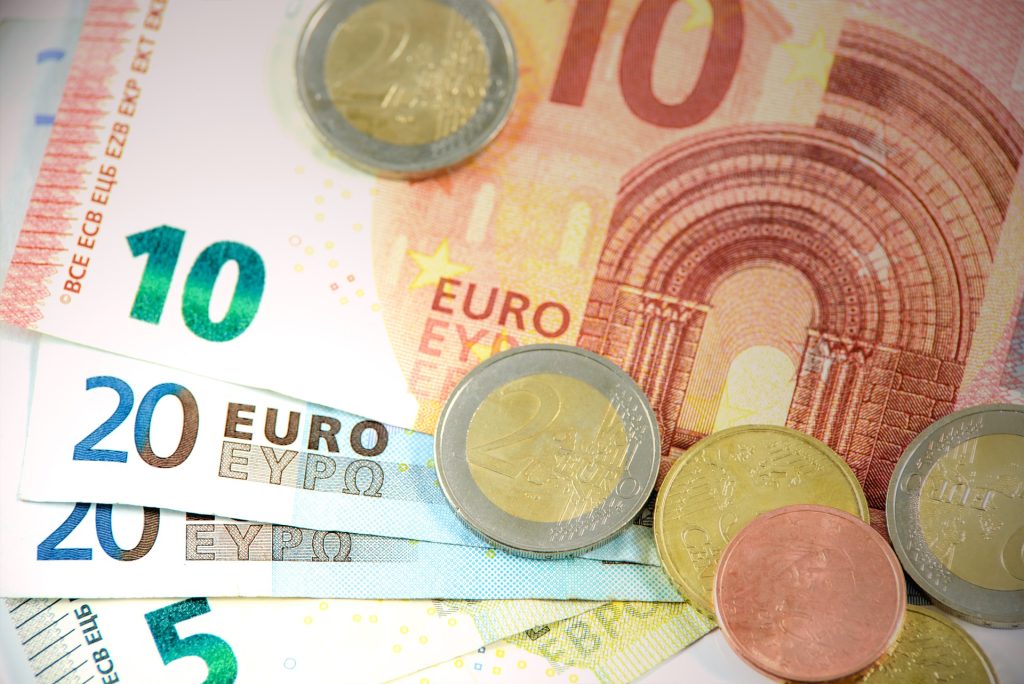
The central bank has stated that construction activity also increased in Croatia back in July and August. In addition, slightly better figures in annual comparisons have also been shown in regard to this year’s summer tourist season. The number of overnight stays and arrivals realised back in September was 4 and 15 percent higher, respectively, compared to the same month last year. Cumulatively this year, the number of arrivals increased by 9, and the number of overnight stays by 2.2 percent.
In its commentary on the latest forecasts for Croatia, the EC also pointed out that the continuation of the solid dynamics of GDP growth will be supported by an increase in personal consumption, rising real wages and investments stimulated by EU funds. Employment growth should also now remain solid, despite the slight decrease in the number of inhabitants in the country as a whole.
The EC expects slightly lower employment growth rates for the next two years, at 1.1 percent each. Unemployment should further decrease, after this year’s drop down to 6.5 percent. For 2024, the EC sees it at 6.2 percent, and in 2025 it should be even lower, dropping down to a record low of 5.8 percent.
Inflationary woes

In terms of calming inflation, lower energy and unprocessed food prices should primarily lean in this direction, while service price inflation could remain stubborn. EC analysts continue to point to a slower-than-expected drop in inflation as the main risk for the economic outlook, adding that this issue remains more persistent in Croatia than in most of the Eurozone. Despite moves made by the Croatian Government in this regard, the most important warnings remain closely tied to this.
“If wage increases intensify, after having already resulted in relatively higher unit labour cost growth, this could lead to a wage-price spiral. Such a risk could increase if wage cost pressures end up not being properly absorbed through increased corporate profits that we saw back in 2022 and at the beginning of this year. In such a scenario, the trade balance could worsen due to strong growth in domestic demand, while price competitiveness could be threatened,” the forecasts for Croatia currently claim.
A 1.8% GDP defecit
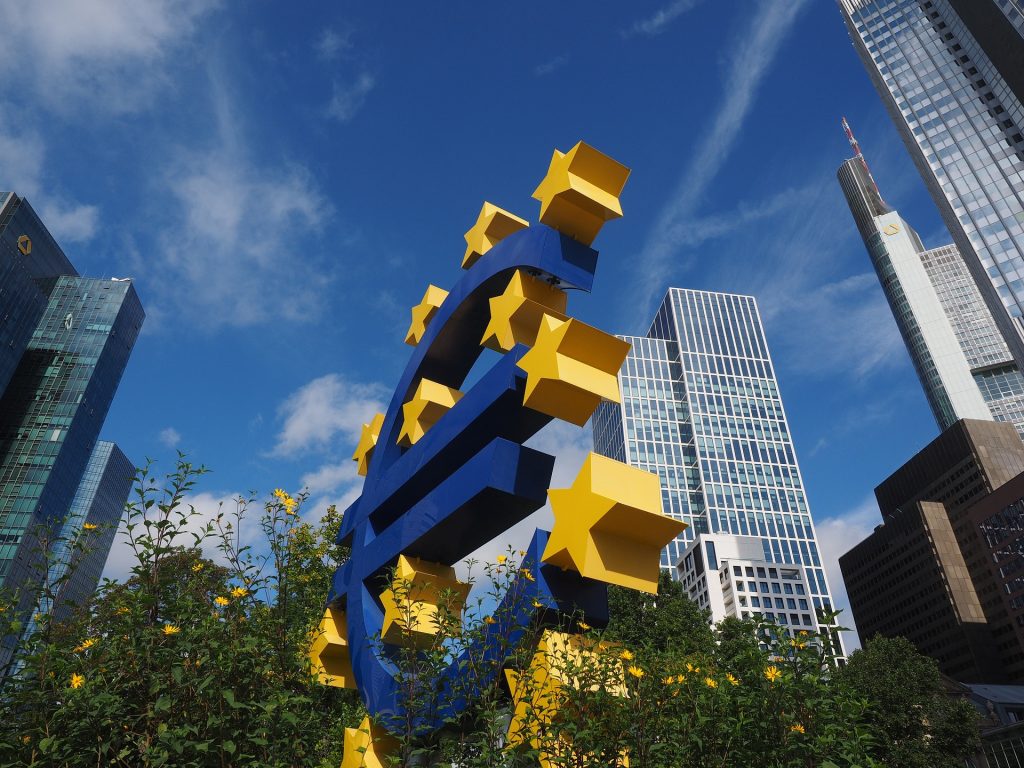
Significant salary increases in the public sector, as well as increases in social benefits, create pressure on budget expenditures, which, despite the large increase in income on the balance of the general government, will be reflected in the realisation of a deficit this year (after last year’s surplus). For 2024, the EC has calculated that the deficit will deepen to 1.8 percent of GDP, but this is still a significantly better balance than in a number of other EU Member States. On the other hand, it’s also a slightly smaller deficit than the one currently being projected for next year by the Croatian Government itself.
The EC has noted that they have included the effect of the anticipated gradual abolition of measures to mitigate the impact of high energy prices from the end of March 2024 in their measures. It is expected that the total (net) budgetary cost of energy measures in 2024 will decrease from this year’s 1.8, down to 0.5 percent of GDP.
Otherwise, modest growth of 0.6 percent is expected for the EU’s economy as a whole, which is the growth rate that is currently expected at the level of the Eurozone as well. Next year, growth should accelerate to an average of 1.3 percent in the EU27, i.e. to 1.2 in the Eurozone.

